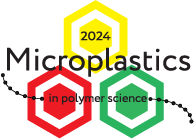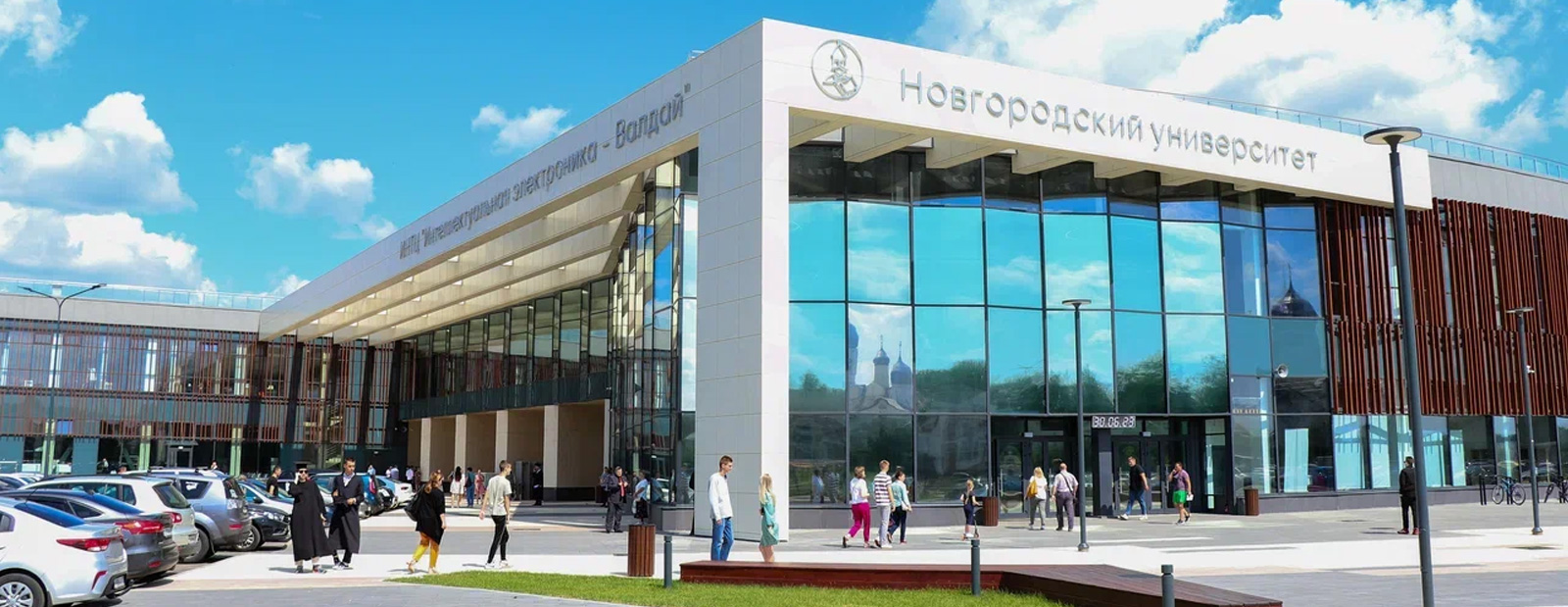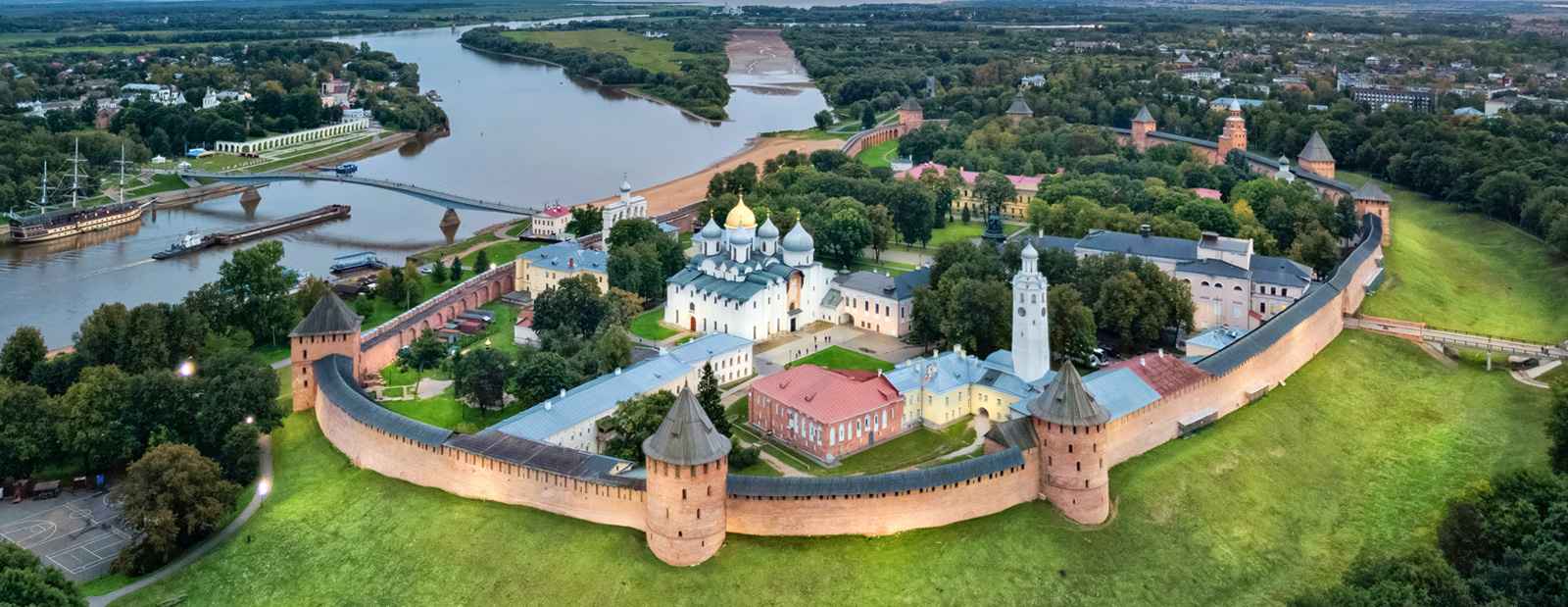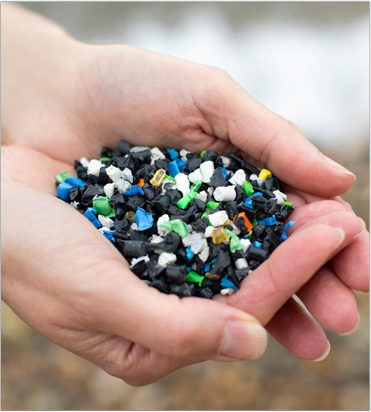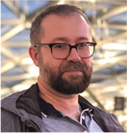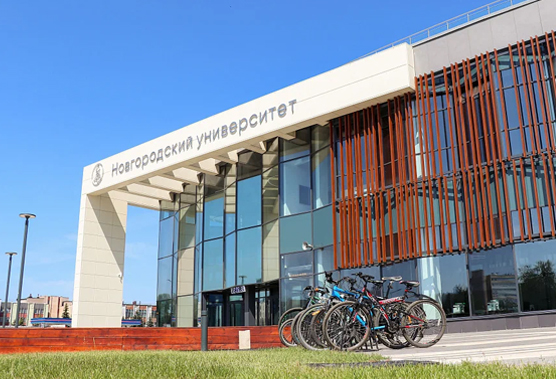Yaroslav-the-Wise Novgorod State University is the largest educational institution in the North-West of the Russian Federation and the only one in the Novgorod region.
Today, the university in Veliky Novgorod is known as the unique “multi-university-technopolis” which in 1993, for the first time in Russia, brought together several universities, technical schools, as well as research and production structures, preserving and increasing their scientific, educational and socio-cultural potential. Currently, Novgorod State University comprises 7 scientific and educational institutions, 4 vocational colleges.
A large-scale project of NovSU is the construction of the Innovative Scientific and Technological Center “Intelligent Electronics – Valdai”. This is a unique educational platform for training competent personnel who meet the requirements of the rapidly developing markets of the digital economy. The Second International Conference “Microplastics in Polymer Science” will take place on the territory of the INTC.

